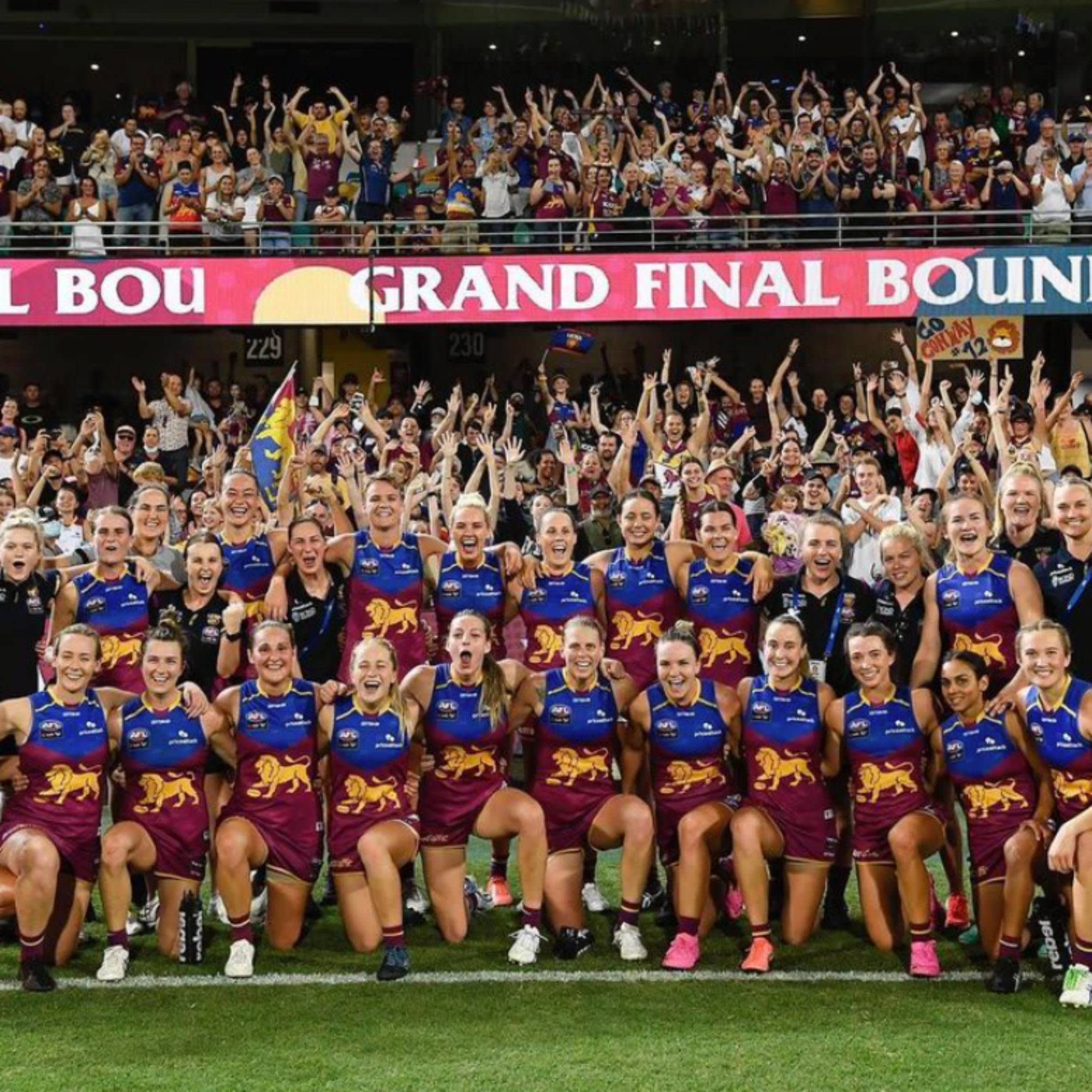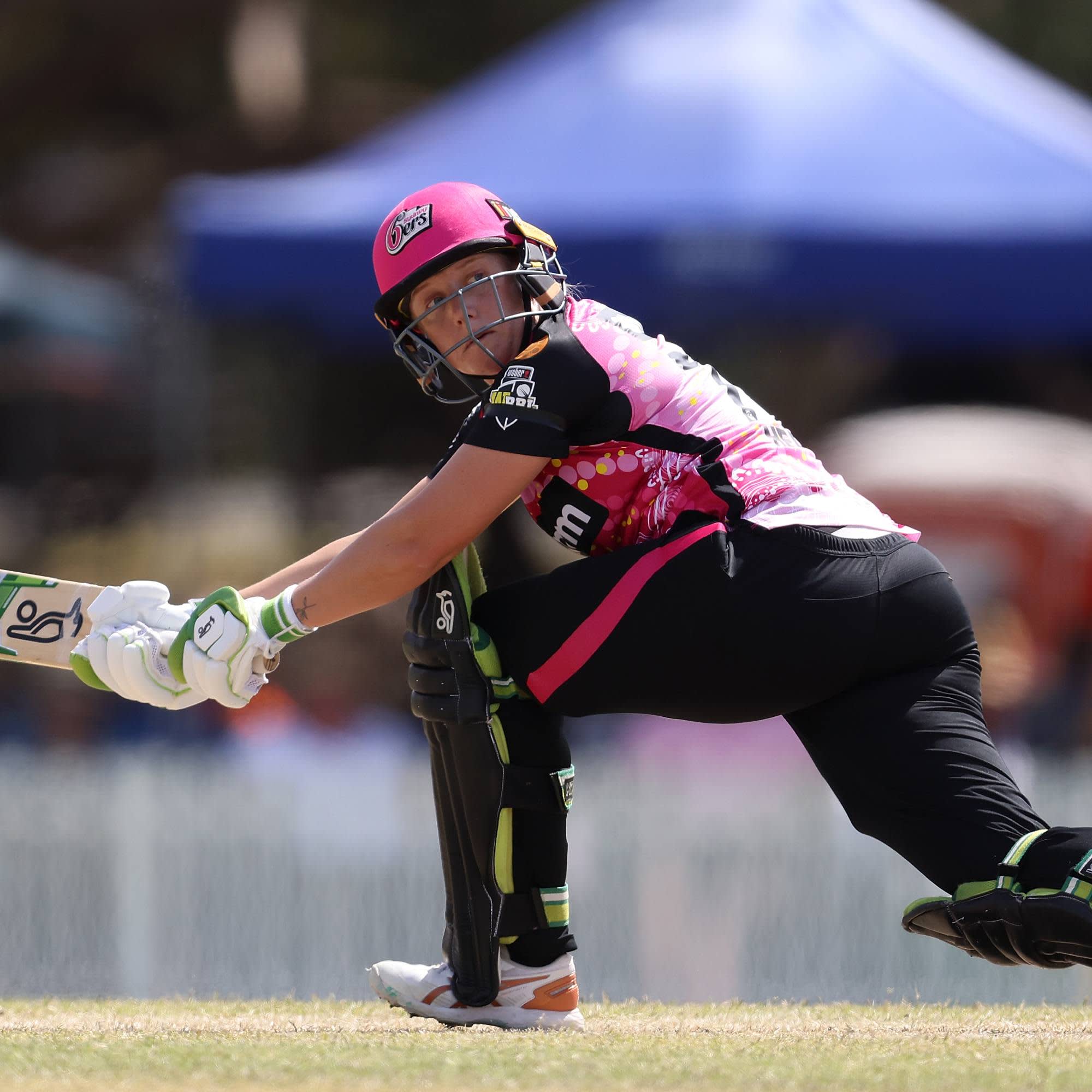
- POPSUGAR Australia
- Fitness
- Brisbane Lions’ Taylor Smith and Cathy Svarc Call Out Gender Inequality in Sport
Brisbane Lions’ Taylor Smith and Cathy Svarc Call Out Gender Inequality in Sport

March 8 marks International Women’s Day, a day dedicated to celebrating the incredible achievements of every woman, no matter how big or small. Whatever path you’ve decided to take, the truth is, we women are extraordinary. We’re juggling so many different things at once, and we’re excelling at it all.
Despite it being 2022, women are faced with far more challenges than men, and gender inequality is still rife within our society. We’re ambitious and driven, yet still today we take home on average $251.20 less than men each week.
Whether you work a white-collar job or you’re out on the field representing your country in sport, as a woman, you can most likely recall a time when you faced an obstacle because of your gender.
At POPSUGAR Australia, our goal is to shine a spotlight on women who are leading impressive lives, and today, we’re speaking to Cathy Svarc and Taylor Smith, who both play for the Brisbane Lions.
Being a woman in sport comes with its own set of unique challenges, but Cathy and Taylor are not just breaking down boundaries, they’re obliterating them. Multi-talented and career-focused, these two bright women are paving the way for those after them.
“When I was younger I didn’t even think that playing AFL as a female would have been possible at a professional level. Where I grew up in country NSW we didn’t have any local female AFL teams and the exposure to this was basically non-existent,” Cathy tells POPSUGAR Australia.
“Years down the track, AFLW started and watching those girls on TV for the first time, I knew I had to give it a go. I now play alongside some of those girls I watched, which is amazing.”
Along with playing AFL, Cathy works full-time as a physiotherapist. Starting her day at five in the morning, the athlete has perfected the art of balancing two demanding jobs.
“I work four days a week as a physiotherapist. It’s a great job, I love working with people, helping them achieve their own health goals. It is difficult though, to balance the energy and focus needed when switching from one profession to another,” she said.
“It means a lot of late training nights and early wake-ups, it’s a pretty full schedule and you have to make sacrifices in order to maintain your commitment to both professions.”
For female athletes, having another job on the side is almost expected. Regardless of their hard work and diligence, women become victim to the gender inequality which is rife throughout the sporting world.
According to the Australian Bureau of Statistics, the average full-time annual income for male athletes is $67,652. While women in the same category are earning $42,900. That’s a gap of $24,752.
“Working full time/part-time and trying to maintain a high level of performance, fitness and craft in your sport is a huge challenge — this goes for our coaches & medical teams and support staff as well,” said Cathy. “You try your best to manage the load and produce great results in both. I wonder what those female athletes could do if they were able to just focus on one?”
That’s the million-dollar question. While Cathy is juggling two jobs at once, Taylor is studying education full time at university and working as a teacher’s aide, all while playing sport on the side.
Send it 💥 pic.twitter.com/DLOjUsPnkj
— Brisbane Lions AFLW (@lionsaflw) November 27, 2020
“Playing AFLW, studying full time and working part-time means I’m always very busy and always have something on. I actually really enjoy being busy but it can be quite stressful,” said Taylor.
“The challenge of being a female athlete in elite sport is having to juggle so many things. Because we’re part-time athletes, we all have to work part-time but most work full-time and many of us also study. We often have a lot on our plate and are very exhausted. I think in a general sense, there are still many challenges we face like pay equality.”
And it’s not just equal pay that women in sport are fighting for. Female athletes simply want their voices heard by being given a seat at the table or to have more exposure in mainstream media.
“I remember having to advocate for basic access to facilities, fundraising for adequate courts or fields, showering and toilet facilities, paying for our own memberships/fees, where our male counterparts are often paid to play,” said Cathy. “Across the board, there is less exposure and coverage of female sports. This is something that has improved, particularly in the last couple of years, however, we still have a very long way to go.”
But despite the hurdles, both Taylor and Cathy encourage their fellow women to enter sports, saying the industry is slowly but surely heading in the right direction.
“Obviously women’s sport is still evolving but as long as we keep taking steps in these directions that’s all we can ask for at this stage. The increase of participation in women’s sports is amazing and it’s so exciting seeing so many more women getting involved in competitive sport!” said Taylor.


